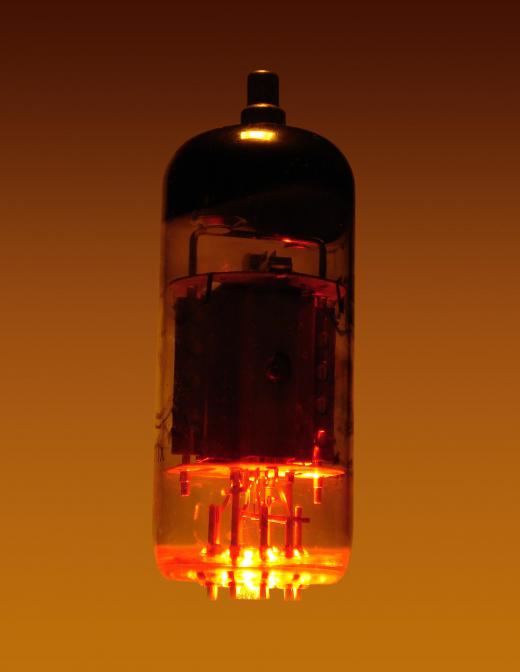The German scientist Otto von Guericke was the first person to demonstrate the properties of vacuums in a practical way in the year 1663. In front of an interested yet skeptical crowd he joined two small copper hemispheres (i.e., 20 inches (51 cm) in diameter) in an enclosed space. Then he pumped the air out of that enclosure and rigged a team of eight horses together to attempt to separate the hemispheres. The horses could not pull them apart. Perhaps in a Ripley's moment, he repeated the experiment that same year using a team of twenty-four horses harnessed together. These horses still could not separate the hemispheres, due to the vacuum that had been formed in the enclosure. Once air was allowed back into the container the spheres were easily moved apart. Thus the power of the vacuum was realized.
The vacuum pump was originally invented to help chemists study the properties of gases and the newly discovered phenomenon called electricity. A vacuum was created by removing all the air from a sealed container. When a particular gas was introduced into the chamber, scientists were able to study the properties of this gas without the effects of air to confuse matters. From there it was a simple process to add an electrical charge to the gas which would result in a current of energy that could be studied.

Although the vacuum pump was born into the arms of the scientific community, as the centuries passed and humanity progressed through the Industrial Age, it evolved to fulfill a more practical role. In manufacturing, the vacuum pump is useful for moving produts, powering machines and keeping those machines from becoming damaged. There are two kinds of vacuum pumps in common use: the compressed-air pump and the electromechanical pump. The compressed air pump, also called the generator, uses the principles set forth by the well-known physicist Daniel Bernoulli, wherby compressed air that is forced through a nozzle creates a vacuum when it interacts with high-pressure outside air.
The second type of vacuum pump is the electromechanical pump. The rotary-vane model is a common example. This kind of pump uses a rotatating rotor and vanes that trap air and force it through the pump, creating a partial vacuum in its wake. Although very useful in less critical situations, these pumps require specific conditions to perform, as well as a source of electricity, as they usually have an electric motor.
In the 21st century the vacuum pump has evolved into a major necessity for the progressive lifestyle. Not only is the vacuum pump used in the processing of semiconductors, the amenities that come with most of the high-priced vehicles of today--including power brakes and cruise control--run off of power created by a vacuum pump. Just as important, it is used to make the vacuum tubes that work in microwaves and the cathode ray tubes that still power older televisions.
